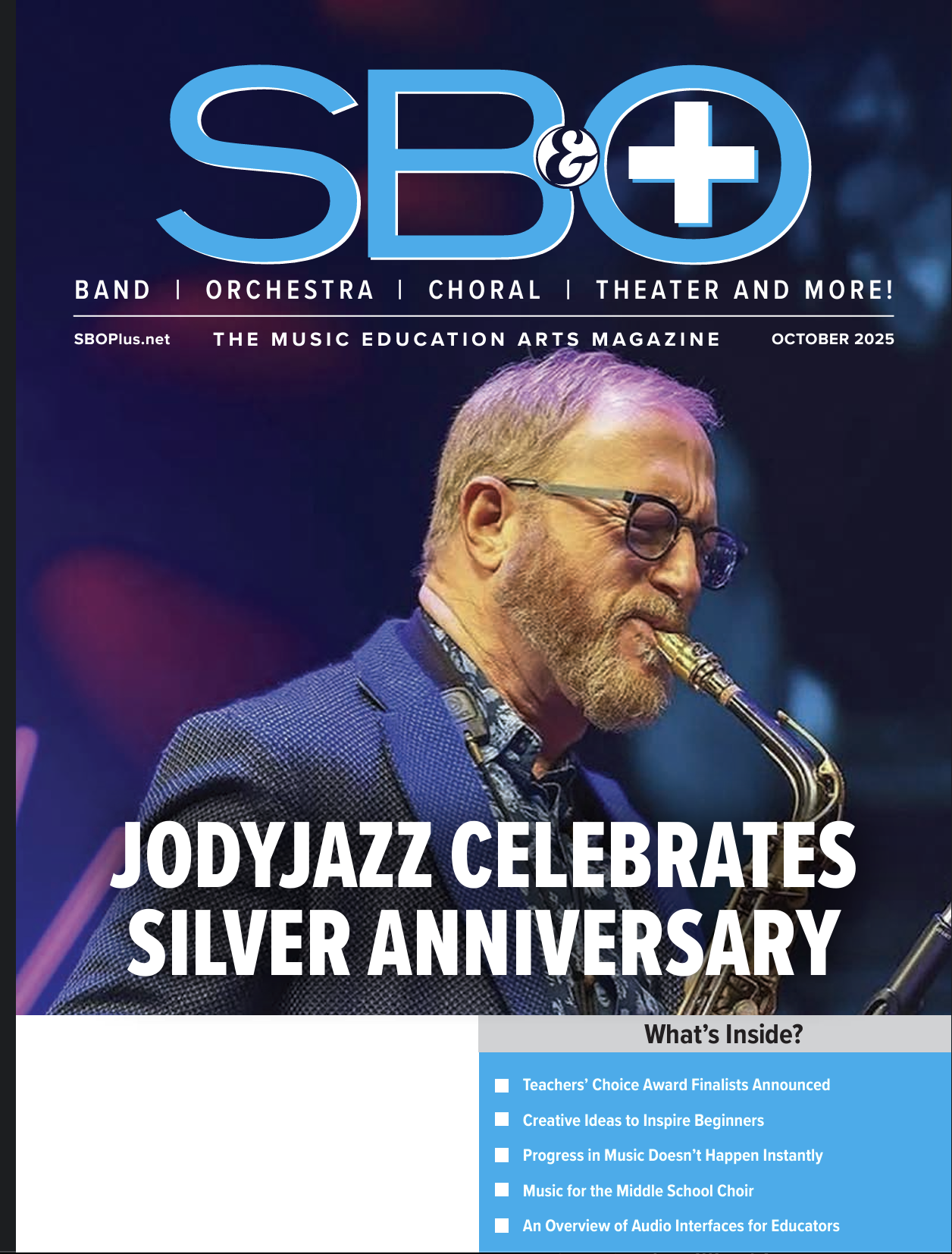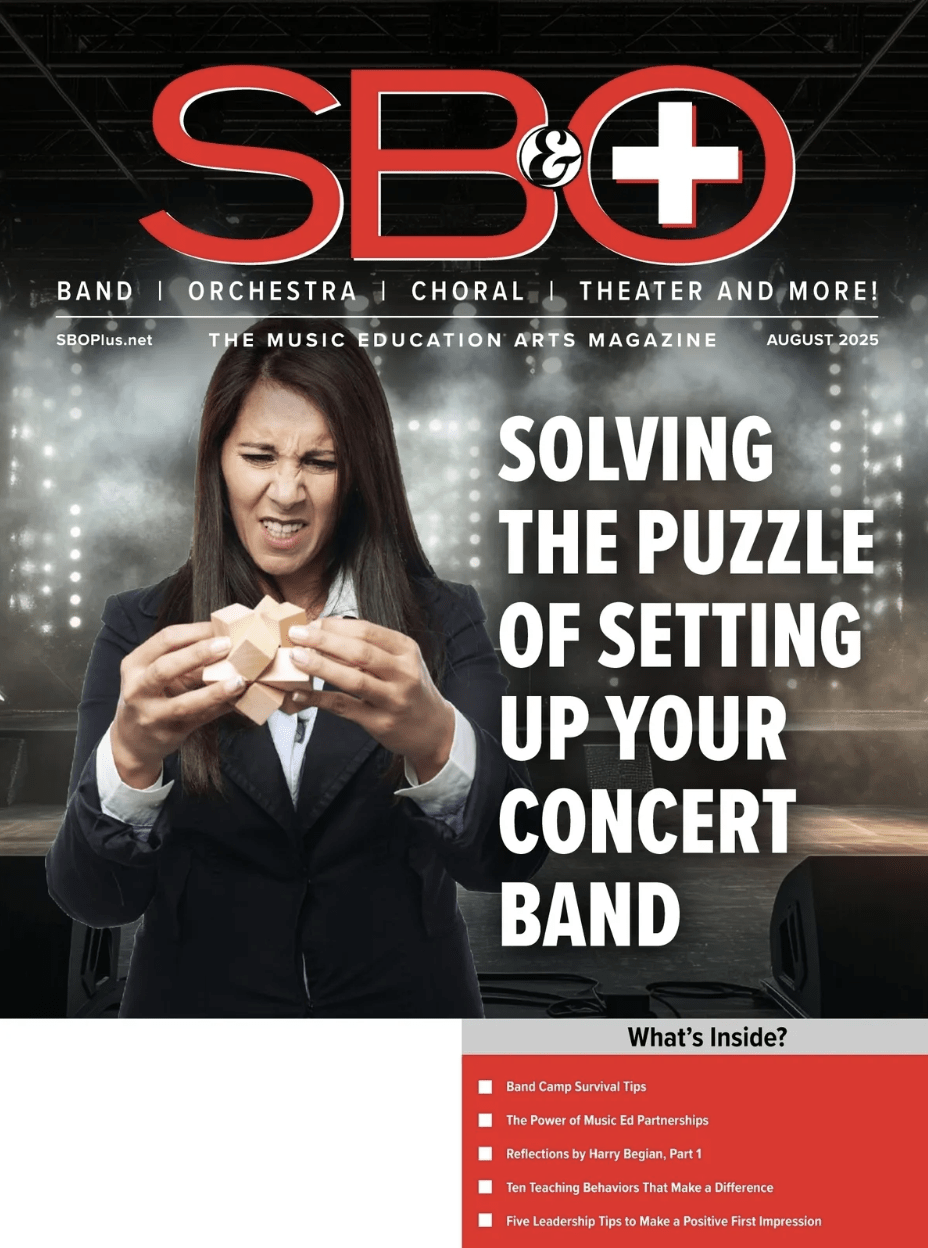 In a previous article, “School Music in Nepal,” I wrote about how, due to the lack of money, instruments, teachers, and practice time, live music is a rarity in many poor countries.
In a previous article, “School Music in Nepal,” I wrote about how, due to the lack of money, instruments, teachers, and practice time, live music is a rarity in many poor countries.
Due to poverty, the electronics needed to listen to recorded music were scarcely available. Thus, music is a luxury in many places the world over. However, never did I imagine that there was a place in the modern world where all music had been banned because it was “sinful.” It was not even allowed in religious ceremonies, and this place went so far as to imprison and torture those who performed or even sold it. That’s exactly what happened in Afghanistan. Censorship began in 1979, with a full-on ban being imposed in 1996. Musicians fled in exile and instruments, along with all cultural institutions, were destroyed. Fortunately, since the ousting of the Taliban from the government in 2001, music has been, slowly but surely, making a comeback. In Afghanistan, traditional music goes back 1,000 years. Its history on the Silk Road as the crossroads of central Asia, Persia, and India, show how the different cultures influenced and are rooted in the music. It is hypnotizing, provoking, emotive and emotional all at once. The soulful sounds stir deep reaction not unlike the way that Bach and Beethoven do. Islamic culture is rich in poetry, and their music is reflective of that.
The method of learning to play these traditional instruments is the same as it’s been through antiquity: seated on the ground, passed from teacher to student aurally. They are handmade from natural materials of wood, metal, and animal hair and skins, ornately carved with decorative inlays. Some of them include:
The rubab, a double-chambered lute, is the national instrument of Afghanistan. Also known as “the Lion of Instruments,” its origins date back to the 7th Century.
The ghichak is a two-stringed fiddle played with a horsehair bow called a kaman. It’s distinctive because the body is typically made from a large metal tin, and it is common to the central and northern regions of the country.
The doyra, an ancient percussion instrument, has a history rich in ceremonial tradition. Round-shaped, it was originally only played by women.
While today Western instruments have been introduced, they are played from chairs with sheet music. Together, they produce beautiful and distinctive music. Afghanistan was once a country of modernity and equality. From the 1940s-’70s, Kabul had its own radio station, popular singers and musicians, many of which fled the country during the Taliban rule. Recently, some of them have returned to teach and pass on the country’s traditional music. Now, the biggest challenge the students and conductors face, is admitting that they are musicians. It is a country with great sadness among its people. Seventeen- year-old Zohra violin player, Samia, recognizes this and tells us, “My dream is…to be a musician for the people who want to share their story and sadness with world.”
Although there is still significant resistance to music throughout the country, and even within the families of the musicians and conductors, the last ten years has seen the rebuilding of music education. Now exists the only coed Afghan Youth Orchestra [AYO] and, as of 2015, the Afghan Women’s Orchestra, Zohra, the only all-female orchestra in the entire country. The significance of this is not only the reintroduction of the sound of music, but the metamorphosis of the attitude towards women. Boys are taking girls seriously. Those who once said they,
“Didn’t think that girls could do much,” are learning—and happy to see—that girls “can even be better than boys with all the hard work they do.” Of course, the empowerment that it gives girls is incalculable. They have been transformed from bored children doing chores and cooking into strong, confident, people who understand that they are equals.
They want to inspire and encourage other girls and change how their country views women – all indicators are that they are off to a good start. Afghan National Institute of Music (ANIM) was founded by Dr. Ahmad Sarmast. Sarmast, who, along with his famous conductor father, spent 15 years in exile in Australia. He returned to Afghanistan in 2007, and in 2010, with the approval of the Ministry of Education, the Deputy Ministry for Technical Vocation and Educational Training, and through donations from the World Bank, German government, and the U.S. Embassy among others, the trajectory of Afghanistan and hundreds of its children has forever changed.
ANIM understands that music is a right and transforms lives. They understand that it is history and the future all in one. They take in the most disadvantaged kids: orphans, street-working kids, and young girls. They understand that,
“These children benefit not only from the proven therapeutic capabilities of music in easing trauma and grief, but also in developing a vocation that will sustain them professionally and economically while contributing to the rebuilding of musical and cultural traditions.”
Conversations with the students make strikingly clear the truth of these words. Samia echoed the sentiments of many when she said, “Music makes me relaxed. When I play music, I forget my sadness and my problems, and I feel so good.” Perhaps Meena, a 14-year-old cello and dilruba player with Zohra, said it best when she said, “Music is a place we feel, and through it I can find my dreams.”
When asked what they would do if there were another ban on music, some students were diplomatic and responded with efforts that they would try to convince the powers that be that, “Music is peace and life.” Others were more dramatic and threatened to kill themselves because, “It’s the only thing that makes me happy.“ Most, however, felt more like 12 year-old violin player Alisena, of the AYO, who replied, “I wouldn’t be able to talk anymore; I would never be able to express my feelings again,” or Meena, who answered, “They can take my cello, my music notes, but they can never take the music out of my heart.”
Through ANIM, Afghanistan is reminding its people that music is the language of their ancestors expressed through the soul and has the ability to unite all mankind through inspiration, which transcends all languages, races, religions, and genders. Arson Fahim, conductor for the AYO, observes that, “In Afghanistan, there are still a lot of prejudices and divisions between different ethnic groups. I see music as one of the best ways to unite them; I see this every day at the school. I see Hazaras, Pashtuns, Tajiks, and others all come together like brothers and sisters. Music has brought us together. We don’t even think about our differences.” Photos of the students on the ANIM website show boys and girls learning together and the girls’ entire smiling faces can be seen.
They even have the opportunity to travel around the globe, showing the world a different face of Afghanistan. It certainly is an effective way to achieve their goal “to show the positive social changes, freedom of expression, and intercultural dialog that is happening now in their country.”
Zohra conductor Negin Kphalwak has seen the impact not only on the individual students, but nationally, as well as globally. “I remember in 2010, when I came to ANIM, there were just eight girls who were studying here. When we went for concerts, many people said bad things about us as girls doing music,” says Kphalwak. “But we kept going, we kept doing concerts. Soon enough, we saw families coming to ANIM, bringing their daughters and telling us that they want their girls to be like us — strong-willed and knowing their rights.
“When I had my first tour in 2013, in America, the students there who collaborated with us, told us that they were thinking only about the Taliban and guns when they pictured us and Afghanistan,” Kphalwak adds.
“But they made friends with us. They saw that we were friendly and smiling. When we left, they cried to see us go. Until now, we have contact with those friends. Their minds were changed about Afghanistan because we showed them music and the beautiful side of our country.”
Fahim leaves us with this thought: “The orchestra is not just important for the musicians of the school, but it is vital for the whole country. It is like a foundational symbol of the future of orchestral music in Afghanistan. While the orchestra may not be as good as orchestras in other countries, it is something that we are very proud of in Afghanistan.
If you’d like to hear them perform, the orchestras will perform in September and October 2019.
Sandra Kowalski is a world traveler and a conscientious, freelance writer specializing in travel, lifestyle, research, and general commentary. In addition, she is currently busy penning a nonfiction book. Check out more of her work at wordsworthywriting.com

















